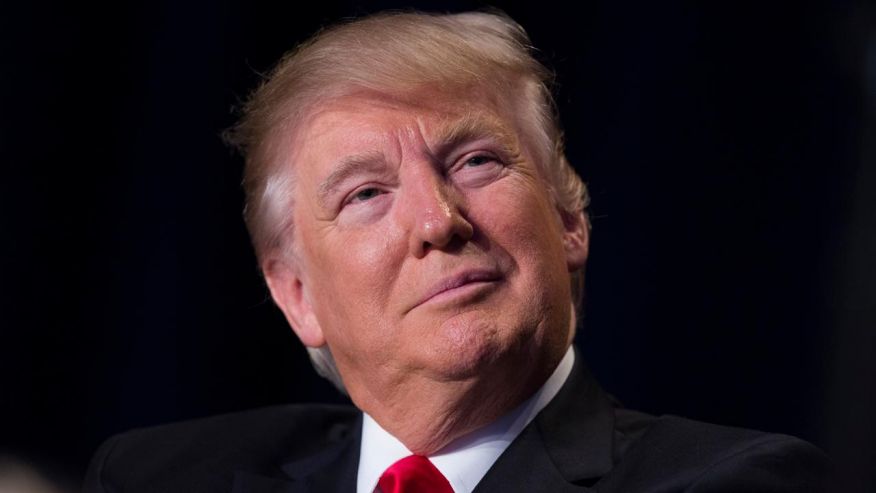Explaining the Electoral College in 2016 By Jim Blackburn
Hillary Clinton lost the 2016 election with roughly 66 million votes (48 percent) to Donald Trump's 63 million votes (46 percent). How can this happen? Trump received 306 votes from the Electoral College to Clinton’s 232, comfortably surpassing the 270 vote threshold.
This is by far the largest gap in any presidential election where one candidate wins the popular vote yet lost the electoral vote. Similar losses occurred in 1888 and 2000, but neither came close to Clinton's popular vote advantage. An exploration of the workings of the Electoral College is necessary to better understand this recent paradox.
One key aspect is the Senate add on that grants two electoral votes to every state.This may seem minor but the two Senate add on votes makes small states more relevant in the election process. For example, Wyoming has one representative and would only get one electoral vote without the Senate add on, but instead receives three.
Some argue this process gives small states an advantage over larger states. One example is the comparison of California with Wyoming. In the 2000 presidential election the number of voters in California was roughly 11 million compared to Wyoming's nearly 214,000 voters. So in California one electoral vote represented an estimated 200,000 voters, while one vote from Wyoming represented 72,000 voters.
This raises the most controversial part of the Electoral College process – the winner takes all system. The Constitution gave the states free reign in how they wanted to select their electors for president and how their votes are cast. As the Electoral College became more democratic all but two states (Maine, Nebraska) settled on the casting their votes as a bloc based on who wins the popular vote statewide. If you win the popular vote in Florida by 5 or 500,000 votes, for instance, you still only receive the 29 electoral votes designated to the state. This is what makes possible popular vote victories that end in an Electoral College loss.
This is termed by some as the wrong choice phenomena. The winner takes all system in some ways invalidates the one person-one vote paradigm on which most democracies rest. In fact, all other elections at all levels in the US adhere to a one person-one vote format.
It was calculated before the 2016 election that a candidate could theoretically win the Electoral College with only 23% of the popular vote. This is unlikely ever to come to pass but highlights a major fault in the winner-takes-all system in the Electoral College.
Hillary Clinton did particularly well in noncompetitive states like California, where she beat Trump by over four million votes, and Texas, where she did seven points better than Obama in 2012. These are considered “wasted” votes because they did not add more to her tally in the Electoral College.
The small state bias did not help Clinton either. She won seven of the twelve least populated states. Trump won seven out of the ten states with the most electoral votes. What ultimately gave Trump the advantage were wins in battleground states. He won four of five states decided by one percent or less, including Florida, Wisconsin, Michigan, and Pennsylvania.
Despite the flaws, it is unlikely the Electoral College will be abolished unless both parties are aggrieved by its outcome in consecutive elections. Otherwise, there is little impetus for the widespread support necessary to amend the Constitution.
Jim Blackburn is a writer and contributing editor to New Eastern Europe.






